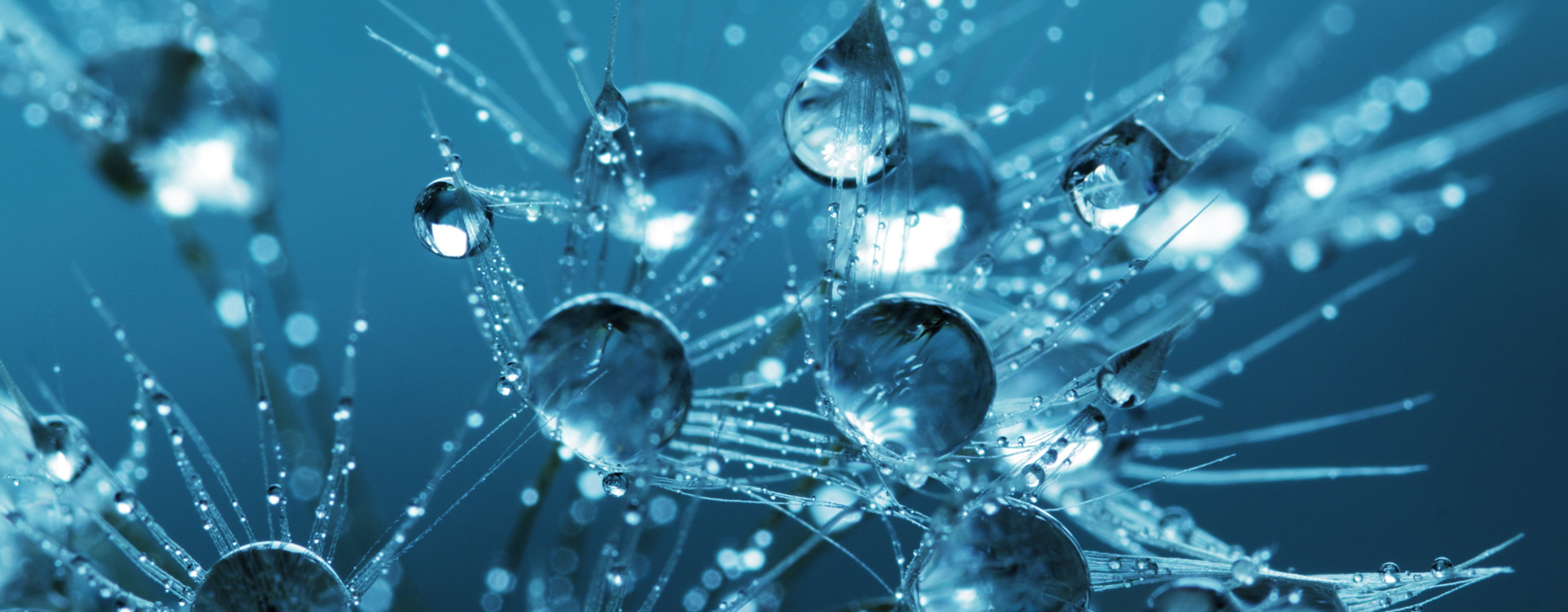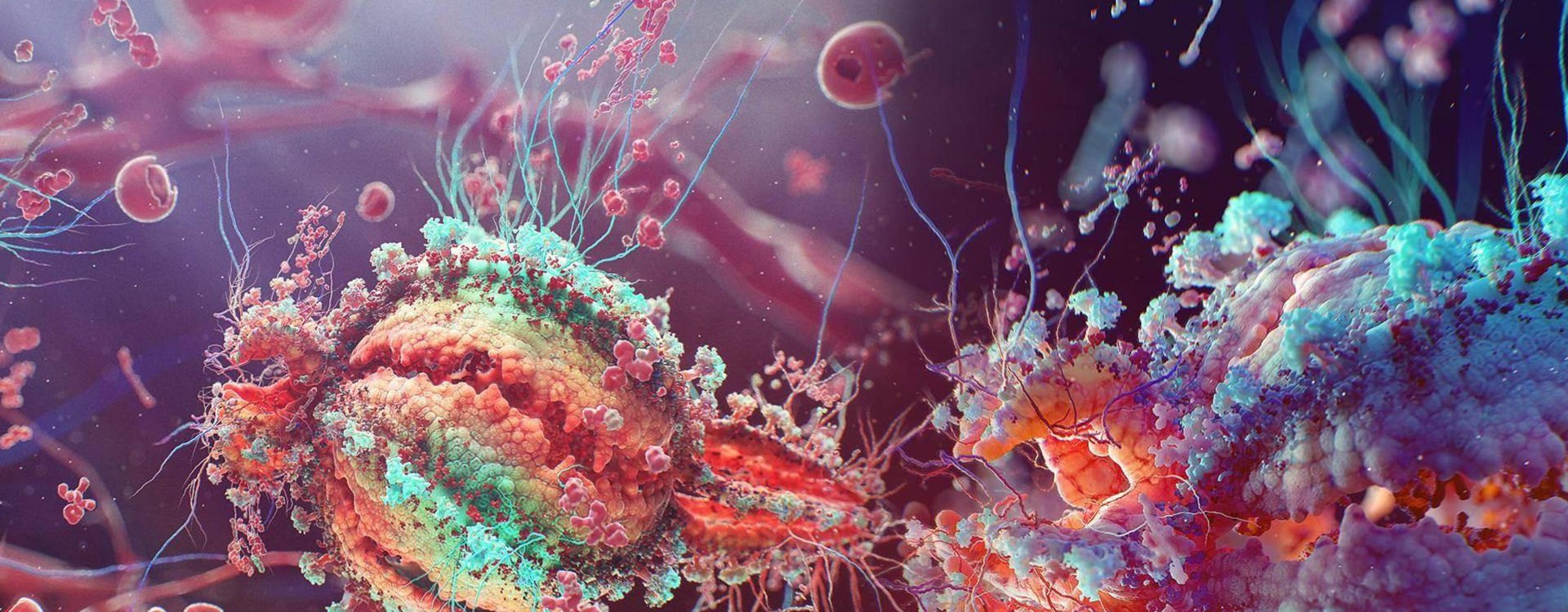Seminar Details
In the present study, we systematically discovered 2734 overlapping genes that were differentially expressed between GBM and normal brain tissues through meta-analysis of transcriptomic data. The relevant functions and signaling pathways of differentially expressed genes (DEGs) were detected via enrichment analysis. Subsequently, AURKA, AURKB, CDK1, CDK2, CCNB1, CCNB2, CDC20, BUB1, PLK1, and BIRC5 were screened as hub genes via maximum neighborhood component (MNC) algorithm. Furtermore, a drug-gene interaction network predicted paclitaxel (PTX) as a potential therapeutic candidate to neutralize the dysregulated effects of oncogenes. Molecular docking studies showed stronger binding affinity of PTX with AURKA [&DeltaG = -9.06 kcal/mol], CDK2 [&DeltaG = -8.93 kcal/mol], and BIRC5 [&DeltaG = -7.55 kcal/mol]. We further encapsulated PTX within the mesopores of hematite (&alpha-Fe2O3) nanoparticles (HPTX). The encapsulation efficiency and loading capacity of PTX were estimated to be 99.2 ± 0.2 % and 10.3 ± 0.08 %, respectively. The MTT assay reflected superior toxicity of HPTX (IC50 = 39.2 ng/mL) against LN229 cells compared to free PTX (IC50 = 100 ng/mL) post-24-hour treatment. Moreover, we developed ultra-small (~ 3 nm) nitrogen-doped carbon quantum dots (NCQDs) with high quantum yield (QY). NCQDs demonstrated remarkable antijamming performance and high photostability, ideal for bioimaging. Moreover, the water-soluble luminous pearls served as a biocompatible trident in cancer biology, achieving a three-pronged action of in vitro cell photostability, multi-color imaging, and migration without hampering the biological system. The histological and biochemical analysis demonstrated no overt toxicity of NCQDs in mice even under multi-dosing situations. Further, nanofibrous polyelectrolyte (PEC) complex of chitosan (CS) and sodium alginate (SAlg) was prepared at different volumetric ratios (CSAlg50 and CSAlg70). The nanofibers were incorporated in CS-based injectable thermoresponsible hydrogel to enhance mechanical properties of hydrogels and to achieve sustained drug release and long-term therapeutic efficacy. Subsequently, the optimal concentration of NCQDs and HPTX was incorporated within the thermogel matrix to allow simultaneous GBM diagnosis and therapy. The hydrogel variants formulated with CSAlg50 demonstrated favourable swelling ratio (12.9), degradability and sustained PTX release (39.14%) in compared to its CSAlg70 counterparts. Mechanical characterization revealed a Young&rsquos modulus (YM) of 12 kPa, closely mimicking the softness of human tissues (1-100 kPa). The HPTX-loaded hydrogel variant, by virtue of its slow and sustained release of PTX, exerted pronounced cytotoxicity against LN229 cells, as evidenced by MTT assay and live/dead staining. Moreover, in vitro studies highlighted the versatile properties of optimized hydrogel variant in monitoring the cellular uptake and inducing apoptosis in LN229 cells. Green FL of NCQDs enabled the detection of apoptosis induced by PTX, obviating the need for multiplexed dyes. The optimized hydrogel variant significantly downregulated the expression of AURKA, BIRC5, and CDK2 oncogenes. In conclusion, the amalgamation of diagnostic and therapeutic moieties within a single system provides a new dimension for the potential application of injectable thermogels in the realm of cancer theranostics.


